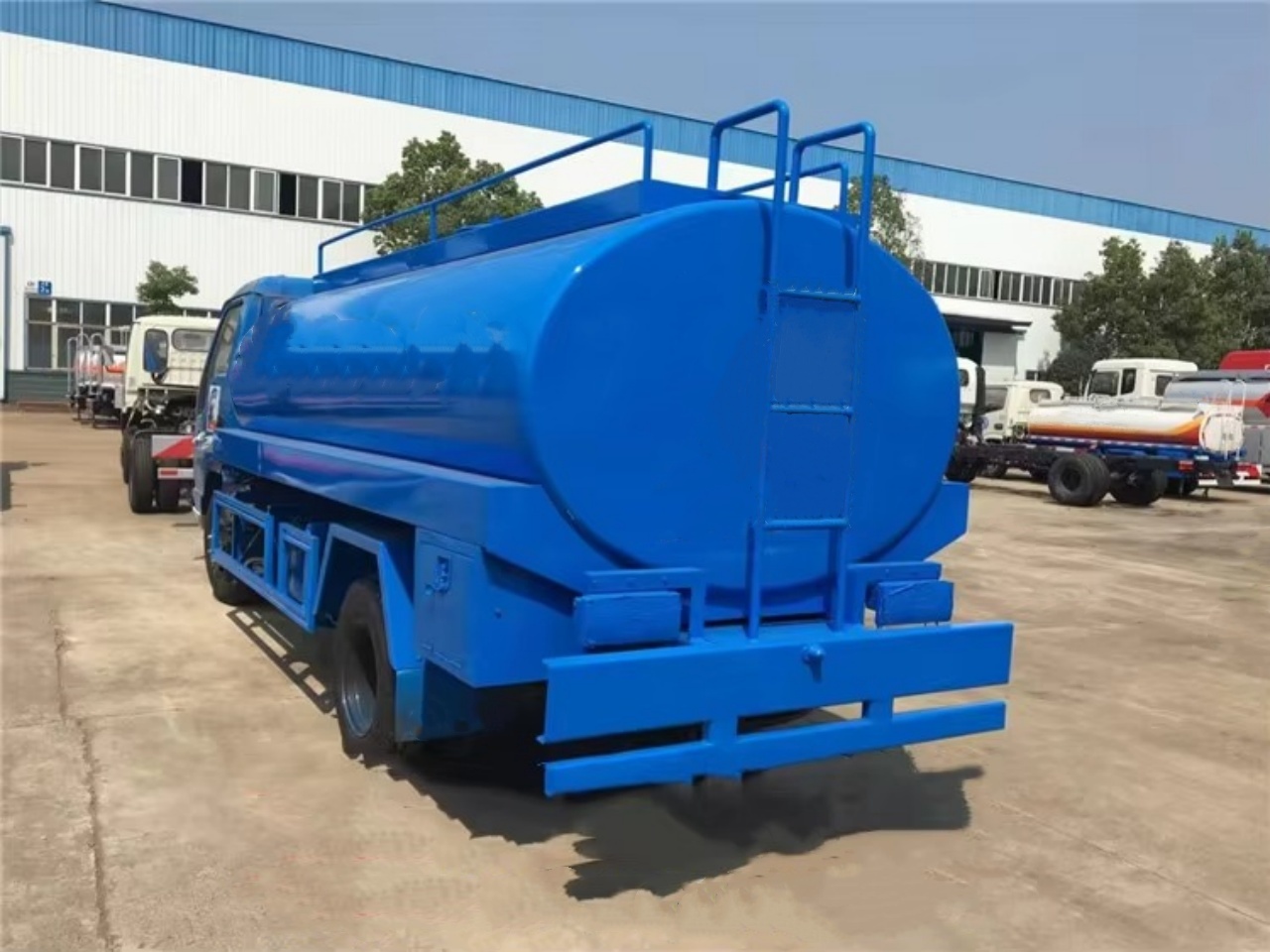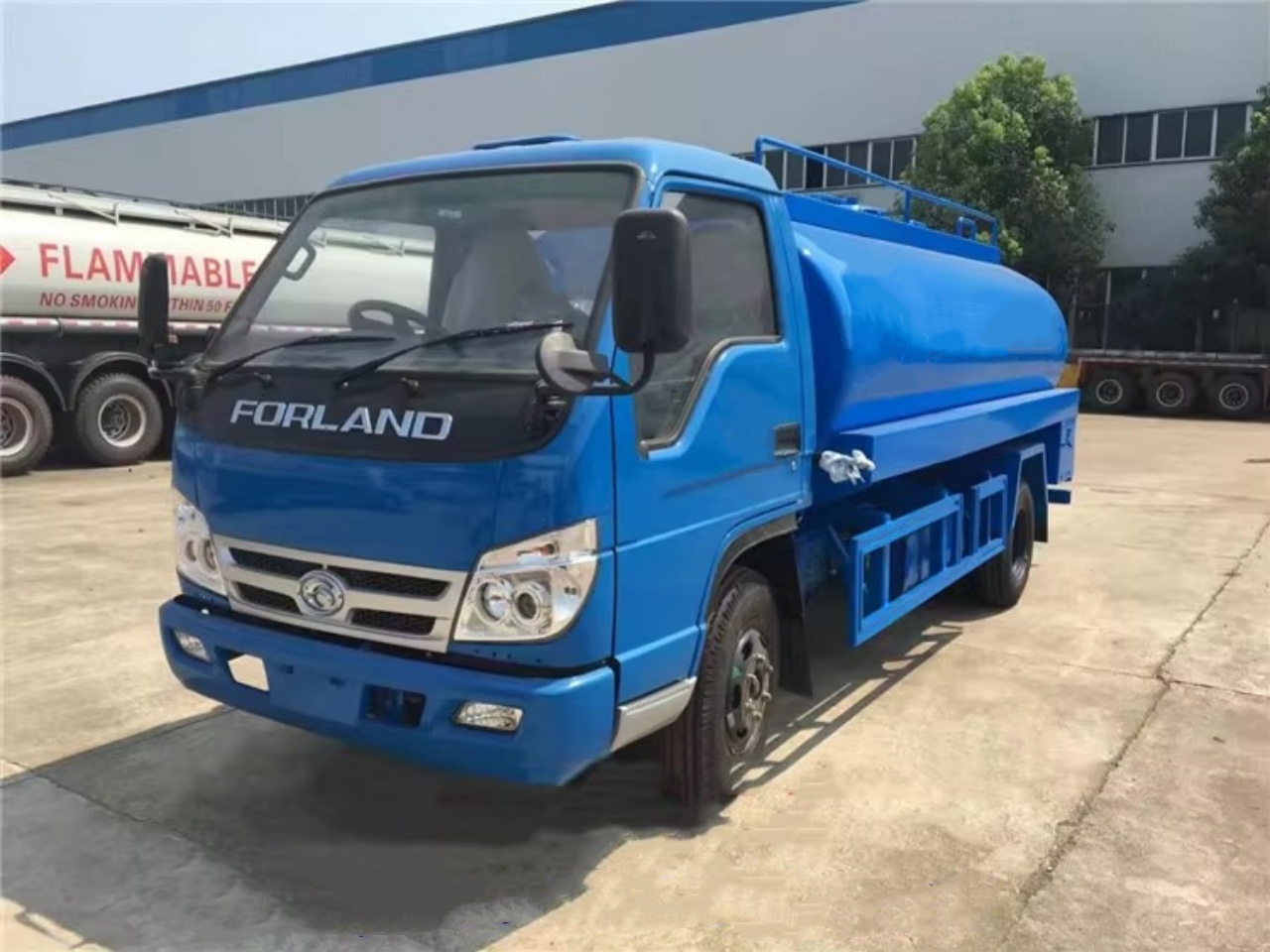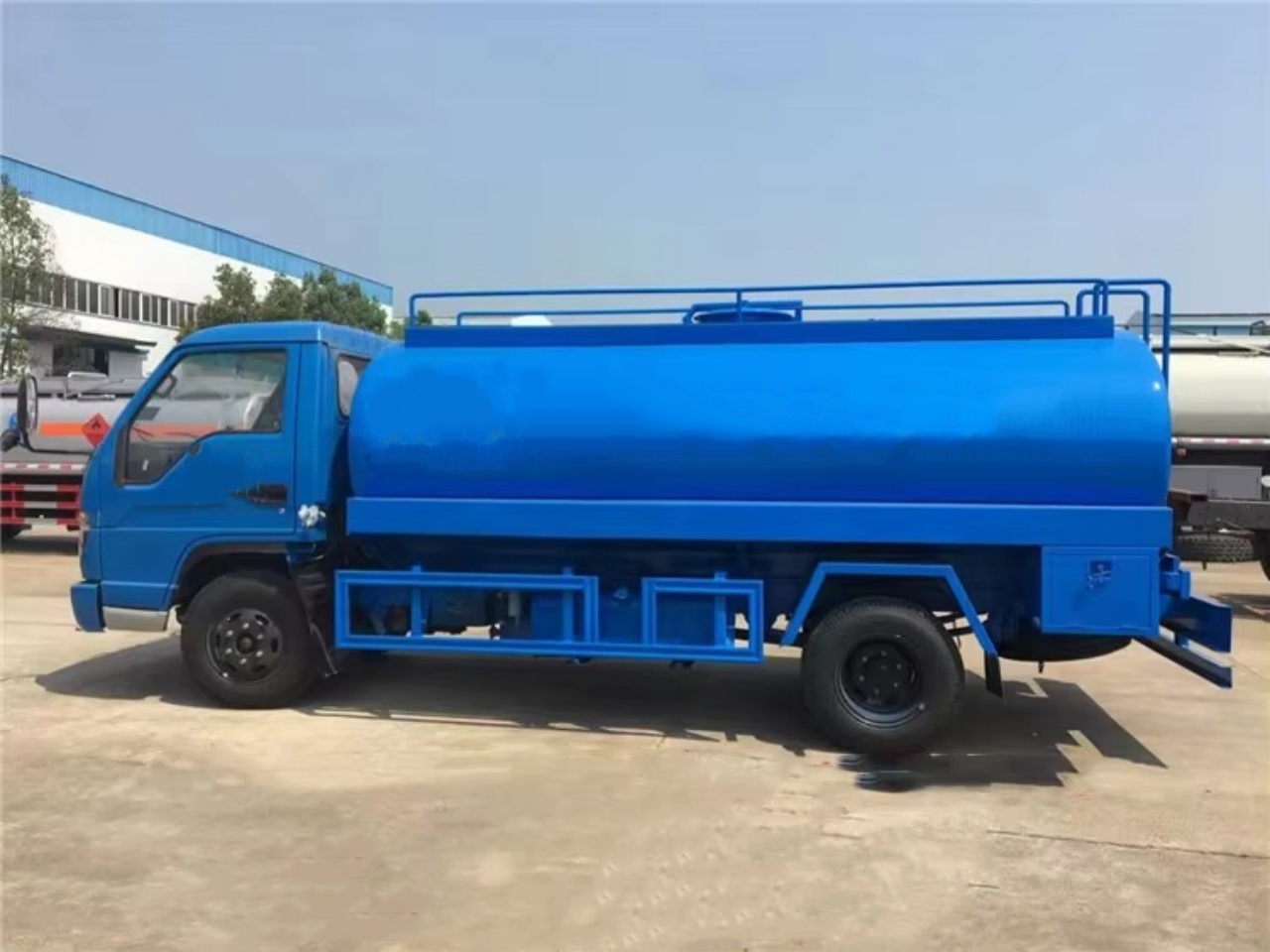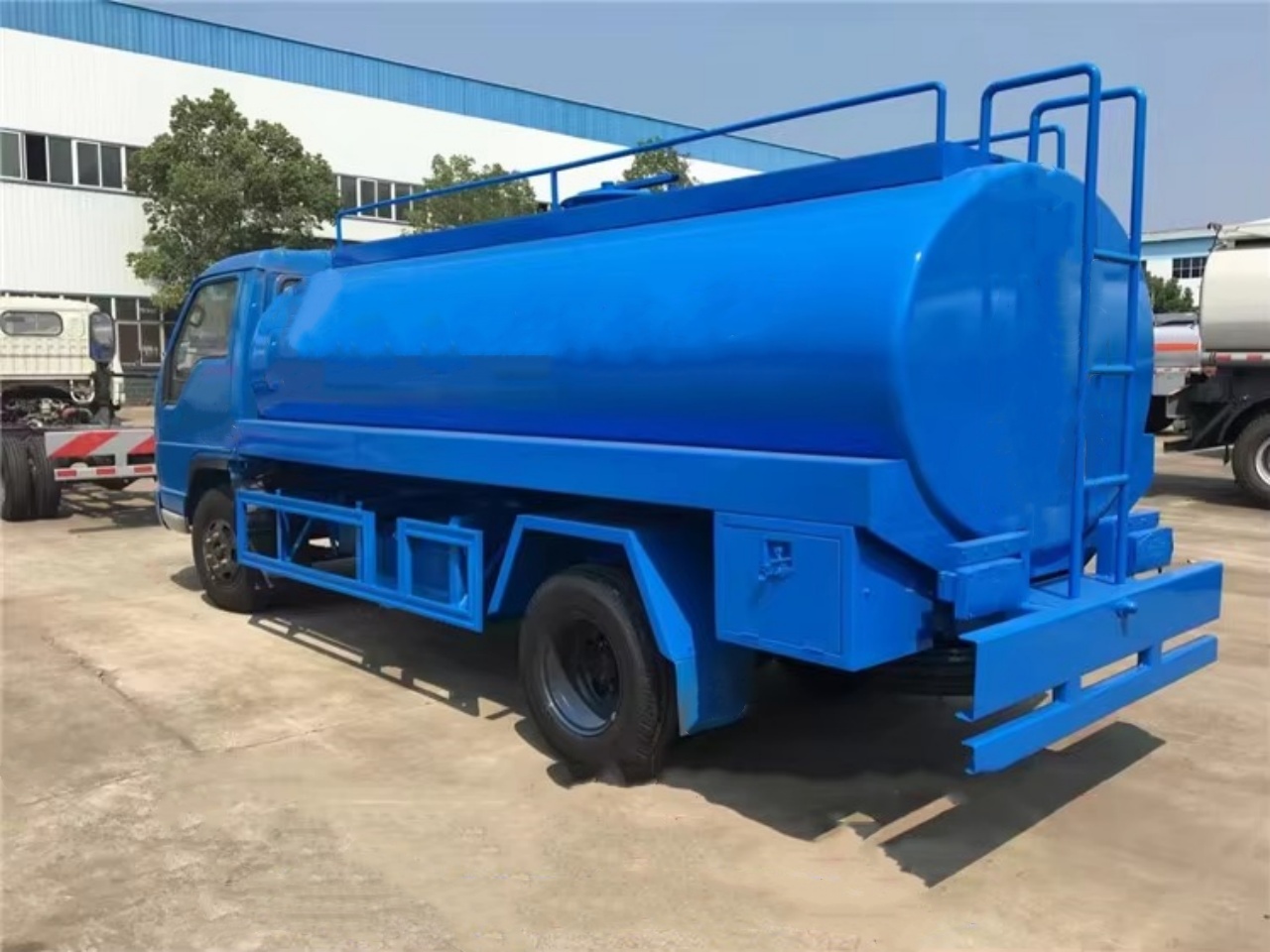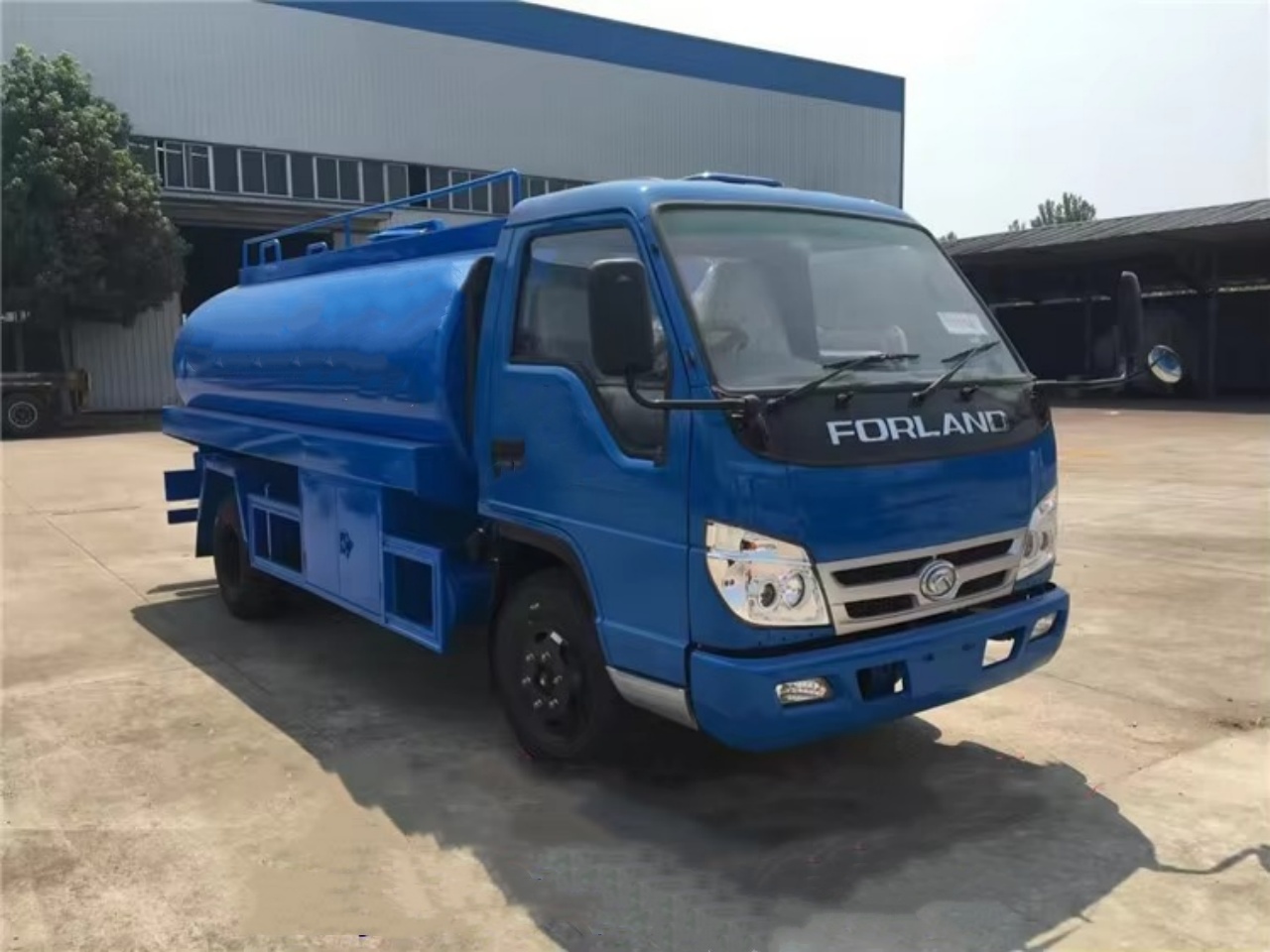In the world of logistics and transportation, a variety of specialized vehicles are used to carry different kinds of cargo. One such specialized vehicle is the milk lorry. For those unfamiliar with the term, especially in regions where different terminologies are used, a milk lorry plays a vital role in the dairy supply chain. But what exactly does “milk lorry” mean, and what makes it different from other types of trucks?
Let’s dive into the meaning, purpose, design, and significance of a milk lorry and understand why this vehicle is essential to the global dairy industry.
Understanding the Term “Milk Lorry”
The term milk lorry is most commonly used in the United Kingdom and other Commonwealth countries. In American English, the same vehicle might be referred to as a milk truck or milk tanker. Regardless of the regional terminology, the basic function remains the same: a milk lorry is a road vehicle designed specifically to transport large quantities of milk from dairy farms to processing plants or distribution centers.
The word lorry is the British equivalent of the American word truck. So, when we say milk lorry, we’re simply referring to a truck that carries milk.
The Purpose of a Milk Lorry
Milk is a perishable product. From the moment it leaves the cow, it begins to degrade unless stored and handled correctly. A milk lorry is designed to transport raw or processed milk under strict hygienic and temperature-controlled conditions to ensure it remains fresh and safe for consumption.
The typical journey of milk begins at a dairy farm. Once cows are milked, the fresh milk is stored in refrigerated tanks. A milk lorry collects the milk from several farms and then delivers it to a milk processing plant, where it is pasteurized, homogenized, packaged, or used to make other dairy products like cheese, yogurt, and butter.
Key Features of a Milk Lorry
Milk lorries are not ordinary trucks. They have several unique features that distinguish them from general cargo vehicles:
1. Insulated Stainless Steel Tankers
The most distinctive part of a milk lorry is its tanker. These tankers are made from food-grade stainless steel and are often insulated to keep the milk at a constant low temperature during transport, typically around 4°C (39°F). Some lorries also have built-in refrigeration units to actively cool the milk.
2. Multiple Compartments
To increase efficiency, milk tankers often have multiple compartments. This allows the lorry to collect milk from different farms without mixing batches. It also allows for the transport of milk with different characteristics (e.g., organic and conventional) in a single trip.
3. CIP Systems (Clean-in-Place)
Milk tankers are equipped with cleaning systems known as CIP (Clean-in-Place) systems. These systems allow the tank to be thoroughly cleaned and sanitized without being dismantled. Hygiene is critical in milk transport, as even small residues can spoil the next load.
4. Milk Pumps and Flow Meters
To load and unload milk, the lorry is fitted with powerful milk pumps and accurate flow meters. These allow precise measurement of the quantity collected and ensure the milk is handled gently to prevent foaming or contamination.
Types of Milk Lorries
Milk lorries come in various forms depending on their specific roles in the milk supply chain:
1. Raw Milk Collection Lorries
These lorries travel from farm to farm collecting raw milk. They often make multiple stops and are equipped with sample collection devices to test milk quality at each location.
2. Long-Haul Milk Tankers
Designed for long-distance transportation, these lorries carry milk from rural areas to urban processing plants. They typically have larger tank capacities and better insulation.
3. Milk Distribution Trucks
Once the milk is processed, smaller refrigerated trucks distribute packaged milk to retailers, schools, or other institutions. While these are not technically “milk lorries” in the tanker sense, they play a critical role in the last-mile delivery of dairy products.
The Role of Milk Lorries in the Dairy Industry
The dairy industry relies heavily on milk lorries to keep the supply chain running smoothly. Without efficient and hygienic milk transport, dairy processors would not be able to meet consumer demand for fresh milk and dairy products.
Here are a few ways milk lorries impact the industry:
- Maintaining Freshness: By ensuring rapid and cold transportation, milk lorries help maintain the freshness and quality of milk from farm to factory.
- Improving Efficiency: Modern lorries allow for bulk collection, reducing the need for individual farms to transport milk themselves.
- Ensuring Safety: With hygiene controls and testing systems, milk lorries help ensure that only safe, high-quality milk enters the processing chain.
Environmental Considerations
Like all transport vehicles, milk lorries have an environmental footprint. However, the dairy industry is actively seeking ways to reduce emissions and improve fuel efficiency. Innovations include:
- Electric Milk Trucks: In some urban areas, smaller electric milk distribution trucks are being used to reduce carbon emissions.
- Aerodynamic Designs: Improved aerodynamics help reduce fuel consumption during long hauls.
- Efficient Route Planning: GPS and data analytics help optimize collection routes, minimizing fuel use and time on the road.
Challenges and Future Trends
While milk lorries are a cornerstone of the dairy supply chain, the industry faces ongoing challenges, such as:
- Milk Spoilage: Despite insulation, delays or mechanical failures can lead to spoilage if not addressed promptly.
- Labor Shortages: Finding skilled drivers with experience in food-grade transport can be difficult.
- Regulatory Compliance: Transporting milk involves strict regulatory oversight related to hygiene, food safety, and vehicle standards.
Looking ahead, the future of milk transport may include automated quality testing on board, real-time temperature monitoring using IoT devices, and even autonomous milk lorries in some regions.
Conclusion
A milk lorry is far more than just a vehicle. It is a specialized and essential tool in the dairy supply chain that ensures fresh, safe, and high-quality milk reaches consumers. From farm to factory and eventually to your fridge, the journey of milk is carefully managed every step of the way, and the milk lorry is at the heart of that journey.
Whether called a lorry in the UK or a truck in the US, its mission remains the same: preserving the quality of 1 of the most widely consumed food products in the world. So, the next time you pour a glass of milk or enjoy a scoop of ice cream, spare a thought for the unsung hero that helped bring it to you—the milk lorry.
